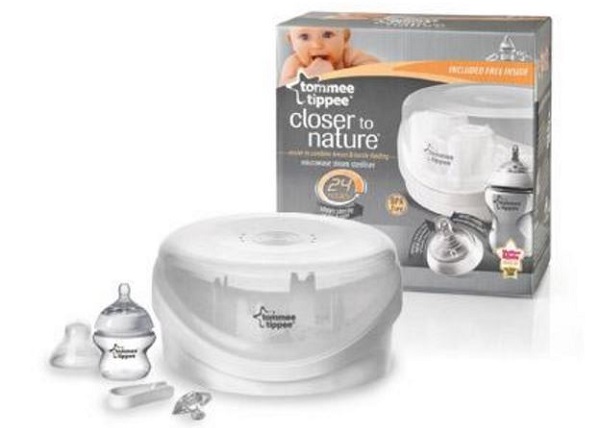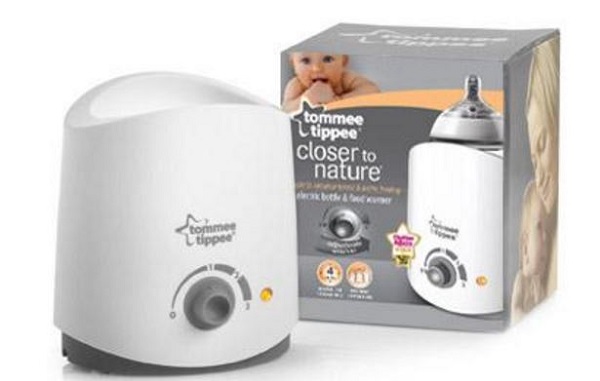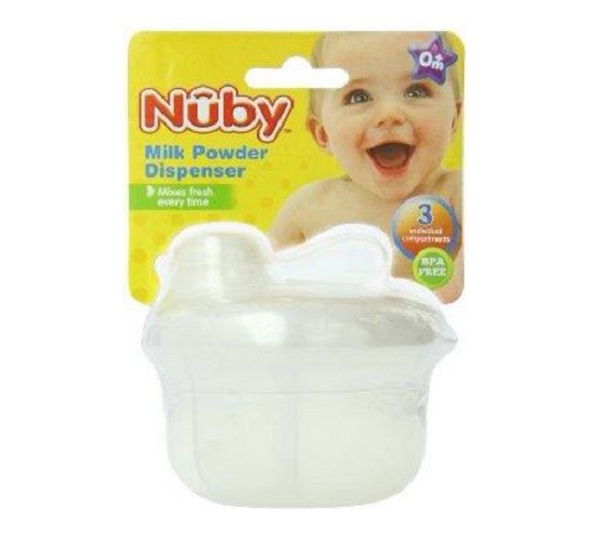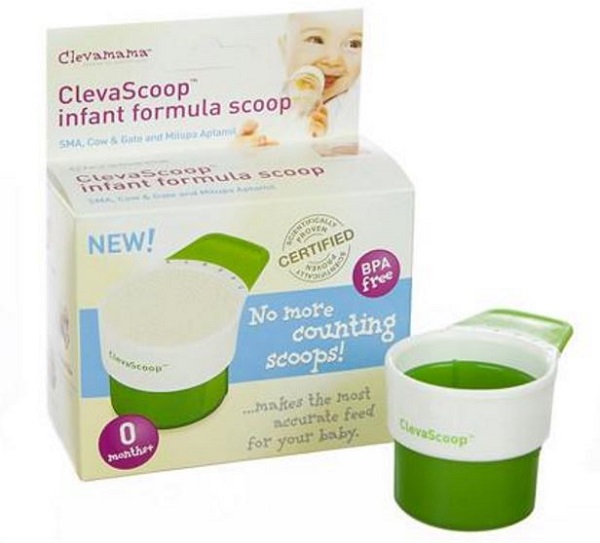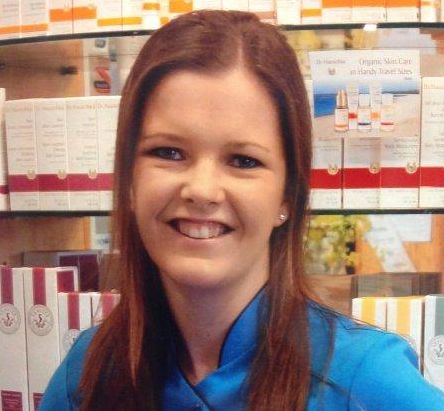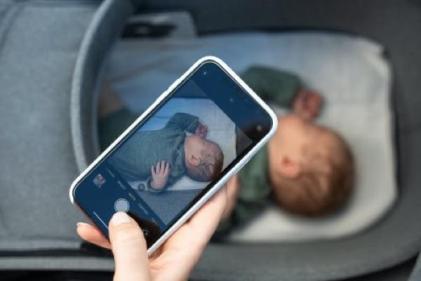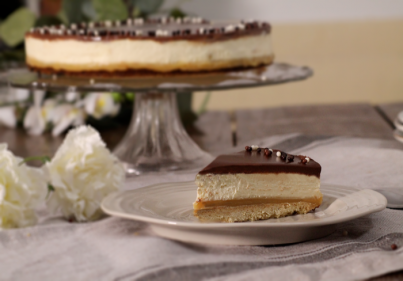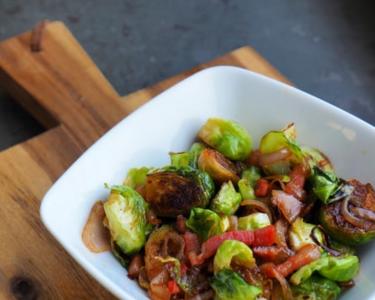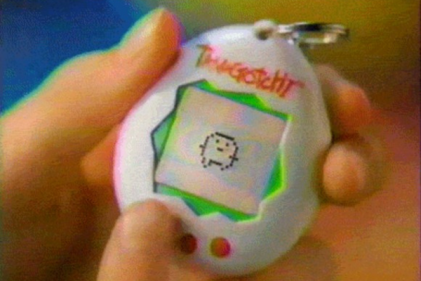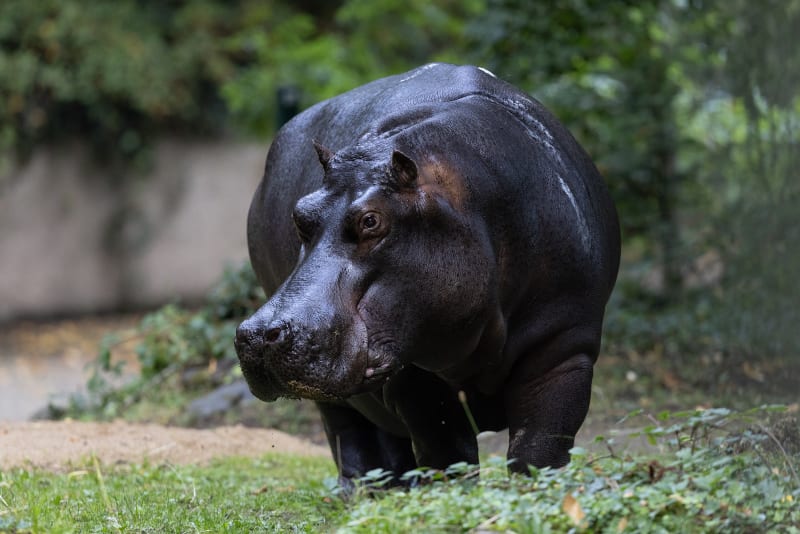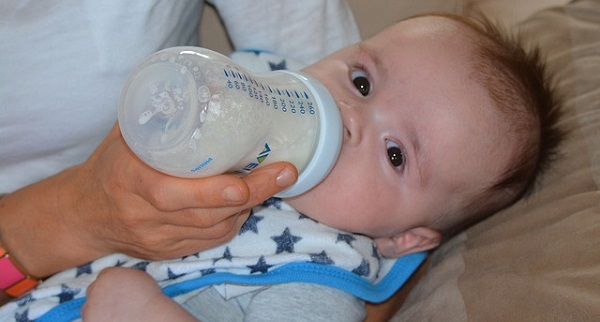
This article is for mums who bottle-feed their babies formula.
There is a lot of confusion surrounding the best methods to make up bottles, and it's one of those things which causes convenience to cloud our better judgement. We are all guilty of wanting the most convenient methods and techniques of caring for our babies because, let's be honest, raising a child is hard; and so, when given easy and difficult options, it takes a strong parent to ignore the easy ones all of the time! I hope to clarify here what is ok and what is not so that, as a priority, we can make the safest choices for our babies. There are many areas where I would choose a shortcut...sure, my third baby has a wardrobe full of trendy clothes and spends his days in his pyjamas! However, the safe preparation and storage of food for children, especially milk for young babies, is just not something we can afford to compromise on.
Powdered infant formula does not come sterile and can contain bacteria such as E.Sakazakii and Salmonella. This is frightening, as these bacteria have the potential to make your baby sick and cause symptoms such as vomiting and diarrhoea. Now, I've seen it being said on many parenting forums that people don't bother to do it correctly because they did it their own way on previous children and they were fine... but the point I'm making here is that, at the end of the day, if we are not making the bottles up in accordance with the HSE and Safefood Guidelines - which I will describe below - then we are risking these illnesses. Don't get me wrong, online parenting groups and forums are my saviour - I don't know what I would do without advice on how to get my babies into good routines (I'm still trying...all suggestions welcome!) and how to get them to sleep or even how to wind them well and so on; but there are certain areas where the official guidelines are in place for a reason, and food safety is definitely one of those.
So what exactly do the guidelines say?
First of all, it's advised only to use bottles and teats which have been washed in hot and soapy water and then safely sterilised (using cold water, electric, or microwave sterilisation). I'll do a separate blog on sterilisation, so parents can choose the easiest and most convenient technique for their own family.
Secondly, it is advised (by the HSE and Safefood) to prepare your baby's bottle as follows:
- Freshly boil one litre of cold tap water in a kettle and then leave it to cool for 30 minutes before using it to prepare feeds. The reason they recommend leaving it for 30 minutes before adding it to the formula is that, if it is too hot, it will destroy the nutrients in the formula; and if it is too cool, it will not kill the bacteria which may be present.
- While you wait, clean the work surface well and read the instructions on the formula manufacturers label. Please note: some anti-reflux formulas require you to use cooled water, so always read the instructions well if starting on a new brand of formula.
- Wash and dry your hands thoroughly.
- When the 30 minutes is up, pour the correct amount of water into the sterilised bottle.
- Using the scoop provided by the manufacturer (or if you're lazy, or lose count like me, use the Clevemama Scoop described below) to measure out the correct amount of formula to add to the bottle. Use a clean knife to level off the powder on the scoop when counting.
- Do not add too much or too little water unless specifically instructed to by a healthcare professional - getting the amount of water wrong can cause your baby to be sick in some circumstances.
- Close the bottle and shake it well to mix the contents. I recommend, if you are using anti-reflux formula or if your baby is suffering from wind, to swirl the bottle rather than shake to avoid introducing unnecessary air bubbles. This made a big difference to my daughter's trapped wind.
- Cool the bottle quickly by holding it under a cold-running tap, or now with the water charges you may want to just sit it in a large bowl of cold water! Be careful that the water does not reach above the neck of the bottle if you are putting it into a bowl.
- Use the inside of your wrist to check the temperature of your bottle - when giving it to your baby it should feel like warm, not hot.
- Throw away any formula from a bottle that has been started by your baby after two hours, regardless of where it has been stored. When babies suck, some of their saliva, etc. may back-wash into the bottle, which potentially introduces bacteria; so even if your baby is a slow feeder, you must throw out a bottle within two hours of a baby starting to suck on it and make a fresh one.
If you find it is too difficult and unmanagable to make up each bottle freshly before a feed, you can opt to do it once a day by following this exact procedure. Once you have cooled the bottles down quickly in cold water after preparing it, you can store them at the back of your fridge. Make sure your fridge is set to 5 degrees celcius or less. If you are doing this, you need to discard any milk which has not been used within 24 hours. This is quite a simple way of doing it as, when your baby needs a bottle during the day or night, you can just take a prepared one out of the fridge and sit it in a bowl of warm water to heat it. Never use a microwave to heat a bottle, as it can create hot spots which could burn your baby's mouth, even though the bottle may feel luke warm to you. Alternatively you can use a bottle warmer such as the Tommee Tippee Bottle and Food Warmer.
I found it quite handy to grab a bottle from the fridge for night feeds, and to have this bottle-warmer at the side of the bed so I didn't have to fuss downstairs waiting for the bottle to warm. As I said, I'm a fan of anything that makes life easier and means as little time out of bed as possible!
Im afraid there is no easy way of managing this process when you are out and about - you can bring your pre-measured formula powder with you in your changing bag in containers like the Nubby Milk Powder Dispenser, which you have sterilised in advance.
Lots of shopping centres now have feeding rooms with kettles which allow you to freshly boil water when you are there, and most cafes and restaurants will also oblige you by freshly boiling a kettle. In the rare emergency where you can't get to a kettle, you could pack an insulated bag such as the Tommee Tippee Insulated Bottle Bag, with a bottle of boiling water, and it will keep it hot for a few hours before you add the formula. You will need to be careful that the water is the right temperature to give to your baby, and you also will have no gaurantee that the water is 70 degrees when adding the formula, so that needs to be considered.
Using Bottled Water
It is not recommended to use bottled water to make up bottles to feed your baby. This is due to its high mineral contents which may be unsafe for your baby. However there are some situations when you may feel you have no choice, such as when tap water is unsafe to drink. This is often a problem when you are travelling abroad. If you have no option it is important to look out for bottled water which contains less than 20mg of sodium per litre which is marked as "Na" in mg/l on the bottle. One thing which is commonly misunderstood is that if you use bottled water you still have to boil it and prepare it as above.
The ClevaScoop
This is a product I found extremely useful as my baby got older and was on seven or eight scoops per bottle. I used to constantly lose count of how many scoops I had measured as, when you are that tired, it's very easy to get distracted! This device is really simple - you simply set the dial to the number of scoops you want to add to the water and scoop out the formula in a single action. It's such a simple concept but saves on so much time and effort! Again, obviously, this is a product of convenience - not an essential, but one that I was very glad to have when formula-feeding my baby! It's available through this link.
The most important thing about formula-feeding is to remember that each product is different and it's so important to read the label fully before preparing a feed for the first time. I would try not to swap and change formula too often, but if you have any concerns about a formula not suiting your baby please don't hesitate to ask me or your local pharmacist for some advice!
I hope you found this information helpful and, as always, don’t hesitate to contact me on the WonderBaba Facebook page with any questions, or for one-to-one advice for your little one! You can also consult with me in person at Milltown totalhealth Pharmacy in Dublin 6 or over the phone on 012600262.
All of our bottle feeding products are available through: http://www.milltownpharmacy.ie/cat/feeding and http://www.milltownpharmacy.ie/search/steriliser.

